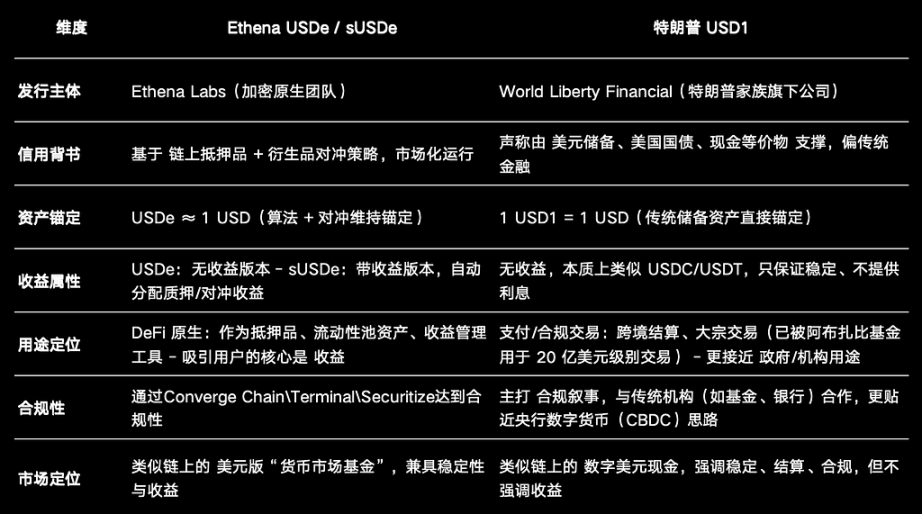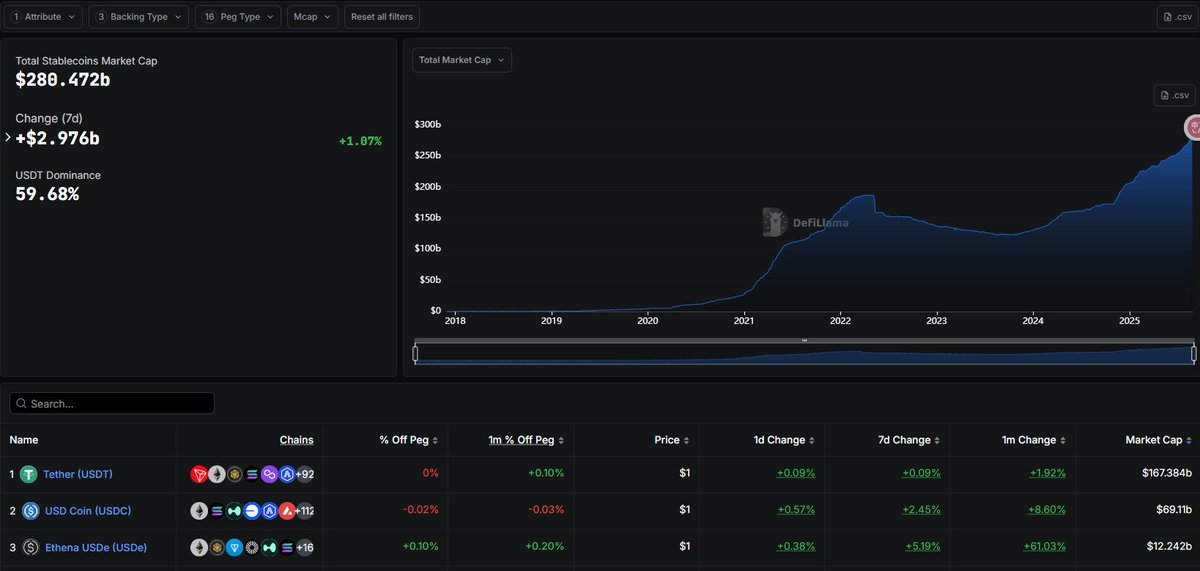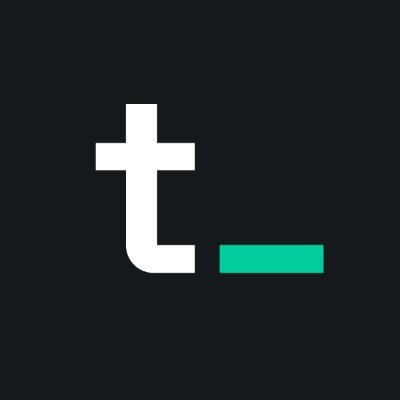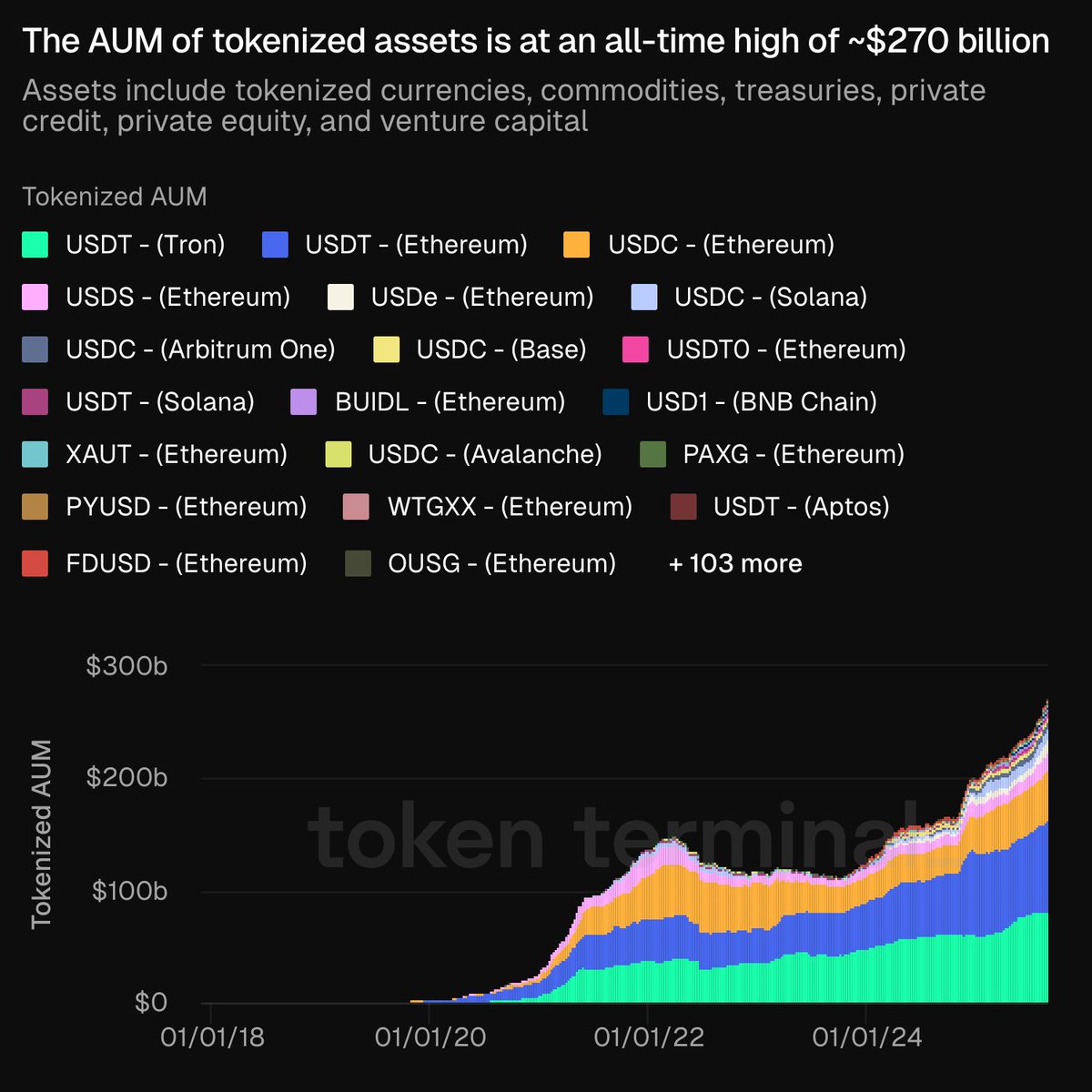DAI价格
(美元)

了解DAI
免责声明
请参阅我们的 使用条款 和 风险警告,了解更多详情。通过使用第三方网站(“第三方网站”),您同意对第三方网站的任何使用均受第三方网站条款的约束和管辖。除非书面明确说明,否则欧易及其关联方(“OKX”)与第三方网站的所有者或运营商没有任何关联。您同意欧易对您使用第三方网站而产生的任何损失、损害和任何其他后果不承担任何责任。请注意,使用第三方网站可能会导致您的资产损失或贬值。本产品可能无法在所有司法管辖区提供或适用。
DAI 的价格表现
DAI 社交媒体动态
快捷导航

DAI 常见问题
数字货币转换计算器 提供了一个方便的途径,将您的美元 (USD)、欧元 (EUR) 和英镑 (GBP) 等法定货币转换为 DAI 和其他数字资产。
通过这个工具,您可以将您的法定货币转换成任何想要的数字货币,同时可以看到最新的汇率,助您在进行转换之前做出明智的决定。
Maker 协议是一个 DeFi 平台,支持创建 DAI 稳定币。该协议使用一套智能合约系统,允许用户将抵押品存入 Maker Vaults 并对该抵押品铸造 DAI。
Maker 协议还包括 MakerDAO 治理系统,允许用户对平台的变更进行投票,例如调整稳定费用或抵押率。Maker 协议旨在去中心化和透明,没有中央权威控制 DAI 的创建或管理。
DAI 通过几种机制为其用户确保流动性。首先,因为 DAI 是一种与美元挂钩的稳定币,它可以轻松地兑换为其他加密货币或法定货币。
此外,DAI 在几个加密货币交易所上市,包括 OKX,这为用户提供了进入各种市场的流动性。最后,Maker 协议包括一个拍卖系统,可以在市场极度波动的情况下用来购买和出售 DAI,这有助于维持代币的稳定性,并确保用户在需要时总能获得流动性。
与其他由法币或商品支持的稳定币不同,DAI 是由以太坊区块链上的 CDP 支持的。这意味着 DAI 的稳定性不依赖于任何中心化的权威机构或外部资产,使其成为一个更加去中心化和透明的稳定币选择。
此外,由于 DAI 的价值不依赖于任何特定资产,因此它可以在更广泛的应用中使用。因此,它可以更容易地融入 DeFi 生态系统。
DAI 生态系统通过一套惩罚和奖励制度来激励稳定性。如果 DAI 的价值低于其 1 美元的锚定价,持有 DAI 的用户可以投票提高稳定性费用,这将增加创造新的 DAI 的成本,并激励用户持有或购买 DAI,直到价格稳定。相反,如果 DAI 的价值高于其 1 美元的锚定价,稳定性费用就会降低,激励用户出售 DAI,使价格回落。
稳定费用是由通过抵押债务位置(CDPs)生成新的 DAI 的用户支付的费用。该费用激励用户在其价值低于 1 美元的锚定价格时持有或购买 DAI。
假设 DAI 的价值低于 1 美元。在这种情况下,稳定费用会提高,这增加了生成新的 DAI 的成本,并激励用户持有或购买现有的 DAI,直到价格稳定。相反,如果 DAI 的价值高于 1 美元,稳定费用会降低,激励用户出售 DAI 并将价格拉回。
MKR 是 MakerDAO 平台的主要加密货币,该平台支持 DAI 稳定币。MKR 用于管理 MakerDAO 平台并对系统的更改进行投票,例如对稳定费用的更改。
此外,当用户通过抵押债务头寸(CDPs)生成新的 DAI 时,他们必须支付少量的 MKR 作为交易费用。从这些交易费用中收集的 MKR 被销毁,这会随着时间的推移减少 MKR 的总供应量。
DAI 储蓄利率是支付给在指定储蓄账户中持有 DAI 的用户的年化利率。DAI 储蓄率是根据稳定费计算的,稳定费是对存放在 Maker Vault 中的抵押品收取的利率。
当稳定费高于 DAI 储蓄率时,用户就会被激励在 Maker Vault 中持有 DAI。储蓄账户开始赚取利息,而不是产生更多的 DAI。DAI 储蓄率可能会随着时间的推移而变化,具体取决于稳定费和 DAI 需求的变化。对于想要在不承受过高风险的情况下获得资产回报的用户来说,在储蓄账户中持有 DAI 可能是一种有用的策略。
深度了解DAI
ESG 披露









































